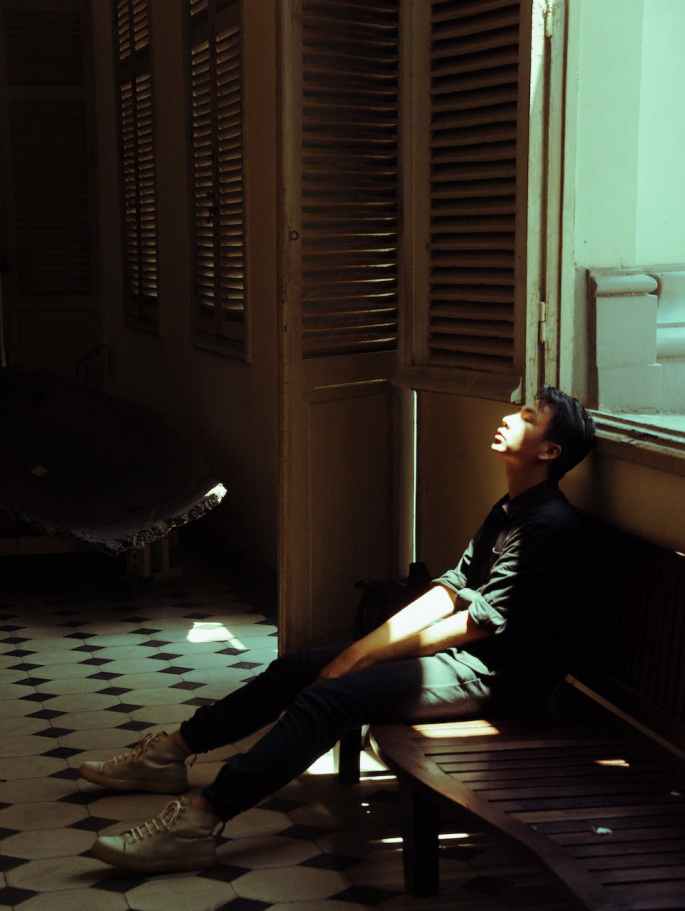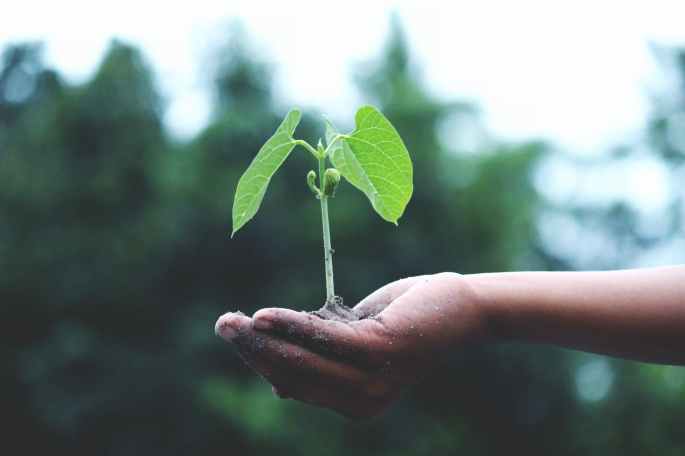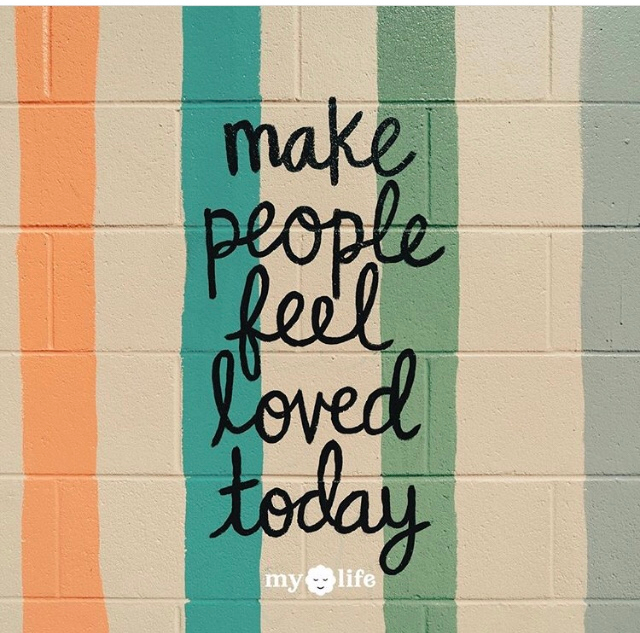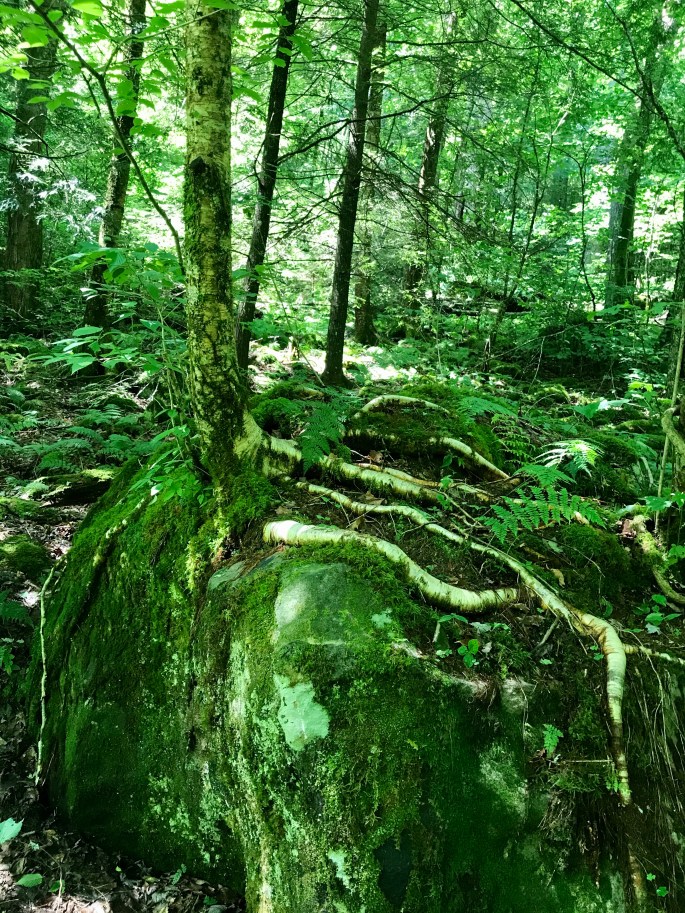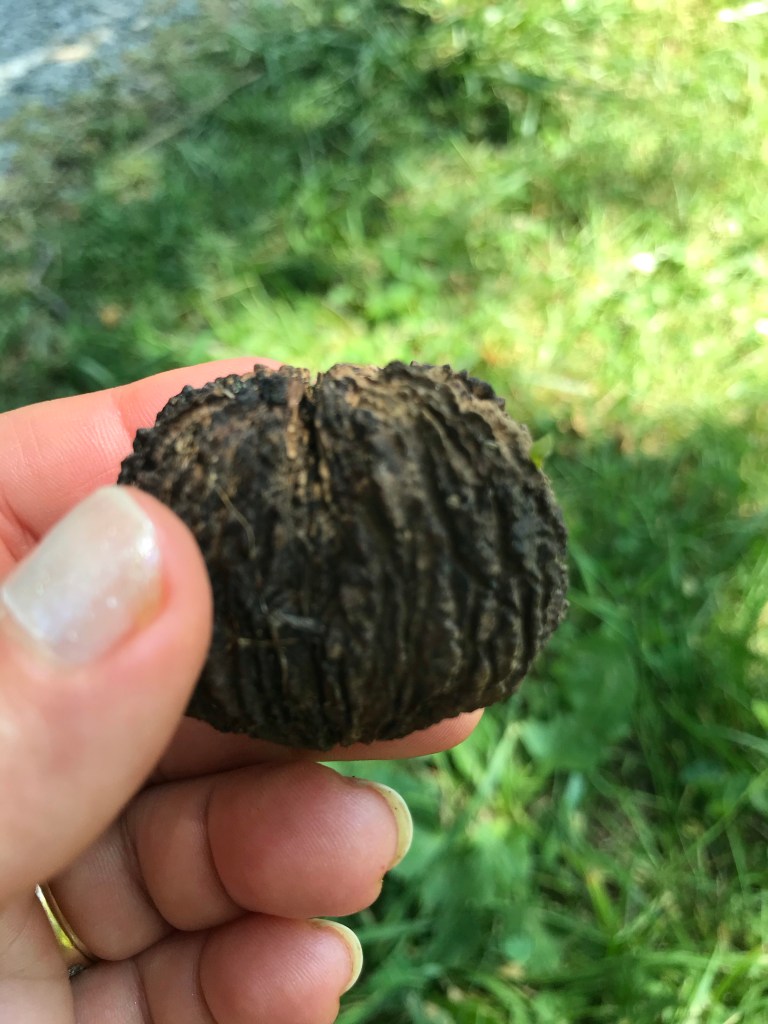“Be somebody who makes everyone feel like somebody.”–unknown

The Write Stuff ✏️
It was supposed to be a creative writing piece. A visual writing prompt given for the sole purpose of working with new vocabulary words. On the white board, I projected a picture of a fully clothed person, leaning against the wall of what appeared to be a school, but the physical person was invisible. The clothes the person was wearing were gender neutral. I assigned no gender, race, religion, etc. to this person. My directions were for the freshmen students to use their current vocabulary words to write this person’s story.
Most of the time, when I assign such a piece, only a handful of students really get jazzed about the chosen topic/challenge of the week. I am a realistic teacher and writer, so I get it. Not every topic can be inspiring.
However, this past week was different. Nearly every student was engaged, focused, and wanted more time to write. This was unusual since I did not assign a required length to this writing assignment. Rather, I required the correct use of all of the vocabulary words and that students fully write to the prompt.

Invisible Ink ✒️
Given the nature of my job and the number of students/grade levels I teach, it took me a couple of days before I read those creative writing responses. What surprised me the most was the repeated theme of feeling “invisible” to others. Depending upon the student’s situation/perception, this included friends, social groups, family, and other important adults in their life such as teachers, pastors, and coaches. It was clear to me that social isolation and loneliness is a very real phenomena amongst an age group known for their social connectivity.
To be sure, there were those students who wrote fantastical, fictional stories, and there were those who did the bare minimum with little creativity in order to complete the task. However, a large number of students wrote heart-wrenching stories of feeling overlooked, disregarded, or ignored by people they consider to be important in their lives. Many students spoke of possessing good qualities that went unnoticed or unappreciated by others. They described the utter loneliness they felt inside, even when surrounded by others.
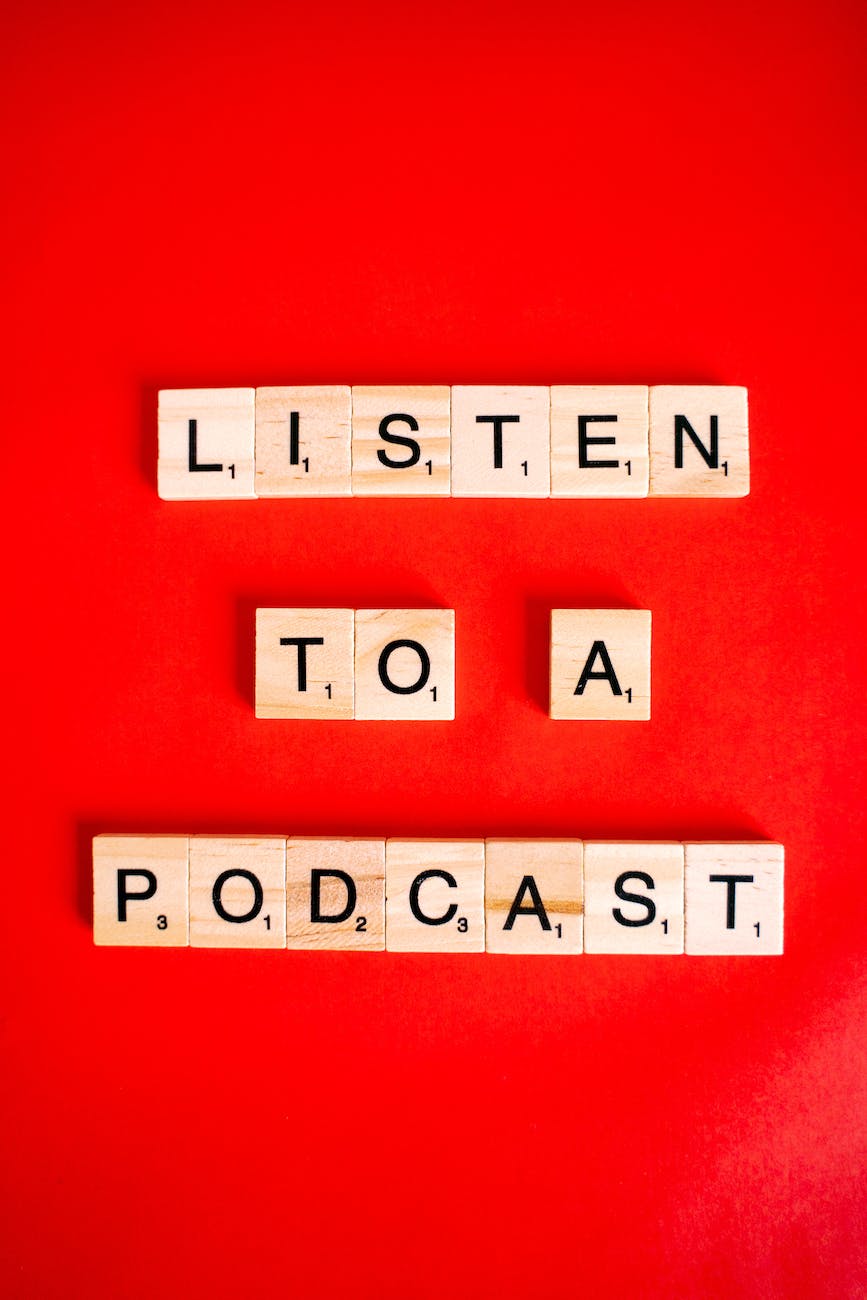
Public Health Warning ⚠️
I was reminded of a couple of podcasts interviews I have listened to with the current U.S. Surgeon General, Vivek Murthy, in which he discussed an advisory he released this past spring (2023) proclaiming loneliness and social isolation a public health epidemic in the United States. According to his findings, as seen in a release from the U.S. Department of Health and Human Services, loneliness is as bad as smoking on our health. When we experience long-term loneliness and social isolation, it can put us at risk for heart disease, stroke, and dementia.
However, for teens, this feeling of extreme loneliness, according to Murthy, predates COVID, despite all of the social media connections. Murthy warns that loneliness and social isolation negatively affects the mental health of all who experience it, but he states that it is especially troubling for teens. In fact, Murthy went on to issue another advisory this past June (2023) regarding youth and their use of social media, warning that extreme exposure, defined as more than three hours per day, is a major contributor to the uptick of teen anxiety and depression.

Face-to-face, heart-to-heart💖
Reflecting on my own student’s writing, it is clear, at least anecdotally, that loneliness is a very real feeling among teens. Of course, I do not want to totally dismiss the use of social media among teens as I know there are numerous benefits that can be found. However, it was interesting to note that when talking with all of my students, at all three grade levels (7, 8, 9), most stated they would rather spend time in person with their friends than text or connect with them via a social media platform. Of course, there were a few outliers, but by and large, most spoke of the fact that since COVID, they place greater value on spending time with their friends and family face-to-face.
As it turns out, my students’ stories reinforce the fact that we all have the basic need to love and be loved. We want to know that someone sees us, respects us, and truly “gets” us. Knowing that we matter to someone, that we make a difference, is paramount to our mental health.
When we engage with others face-to-face, we experience the nuances of communication–tone, facial expression, body language and so forth. Eye contact can communicate so much without words, and it can be an even more powerful tool when combined with meaningful words. I imagine that our most successful earliest ancestors survived by staying with their pack–not venturing out on their own to face the dangers and predators of the world. The same is true now, only our dangers and predators are more subtle and cunning.

Our problem; Our Solution
Of course, it’s easy to dismiss my students’ writing as the grievances of angsty youth. In fact, Dear Reader, you could tell me, “It’s your problem, Stephanie. I didn’t choose education as a career.” However, have you ever noticed that when you peel the “y” off of the word your, you are left with the word our.
This is our problem, and while I cannot pretend I have the answers for such a far-reaching issue, I do believe in the power of small acts of kindness. We can look for ways to help others, and I don’t just mean the traditional “Give money to the City Mission” or “Work at the Salvation Army” serving Thanksgiving dinner. Not that I am putting either of those down–they are worthwhile deeds. Instead, I am referring to our day-to-day real-life interactions and encounters. How can we make a difference daily?
Can we give our loved ones, including friends and family, more of our undivided attention for a few minutes with the cell phone put away? Can we make more eye contact and speak a few kind words with the person who serves your coffee, lunch, or an employee at your favorite grocery store? Can we take time to help another person with the door, or be more patient with that co-worker that honestly gets on your nerves?
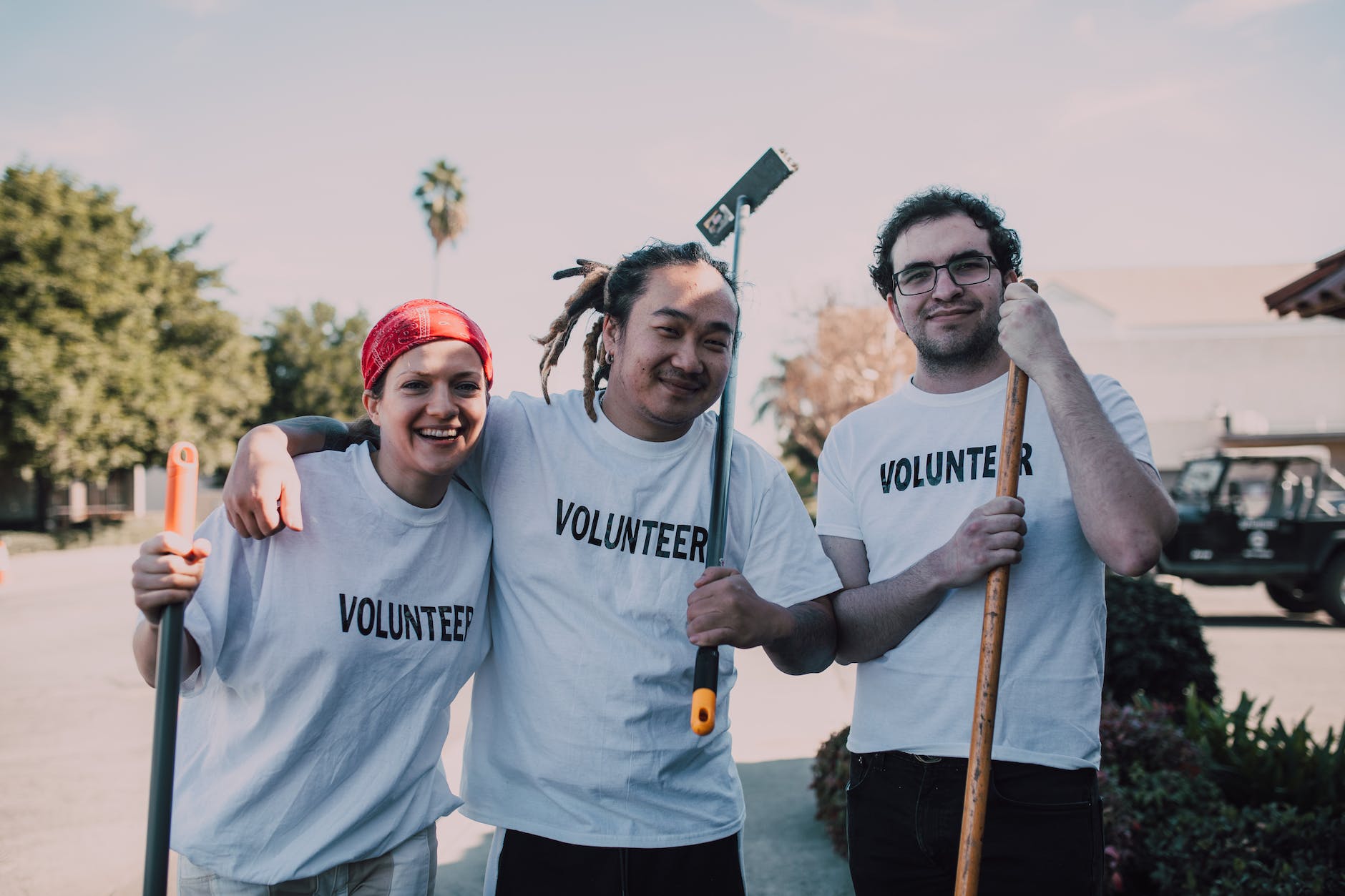
kindness matters😎
The list could go on, but my point is this. Small acts of service communicate to others that they matter and that they are not invisible to you. I know it is easier said than done, given the fast pace of life. Believe me, I struggle with it too! What I do know is that little acts of service or kindness makes us feel good, and more importantly, can also impact another person’s life. At the very least, it allows us to feel our own agency in addressing the problem of loneliness.
I conclude, with a small prayer of hope. May we begin to lead more people-centered lives, so we can truly see one another’s need to matter. 🙏

